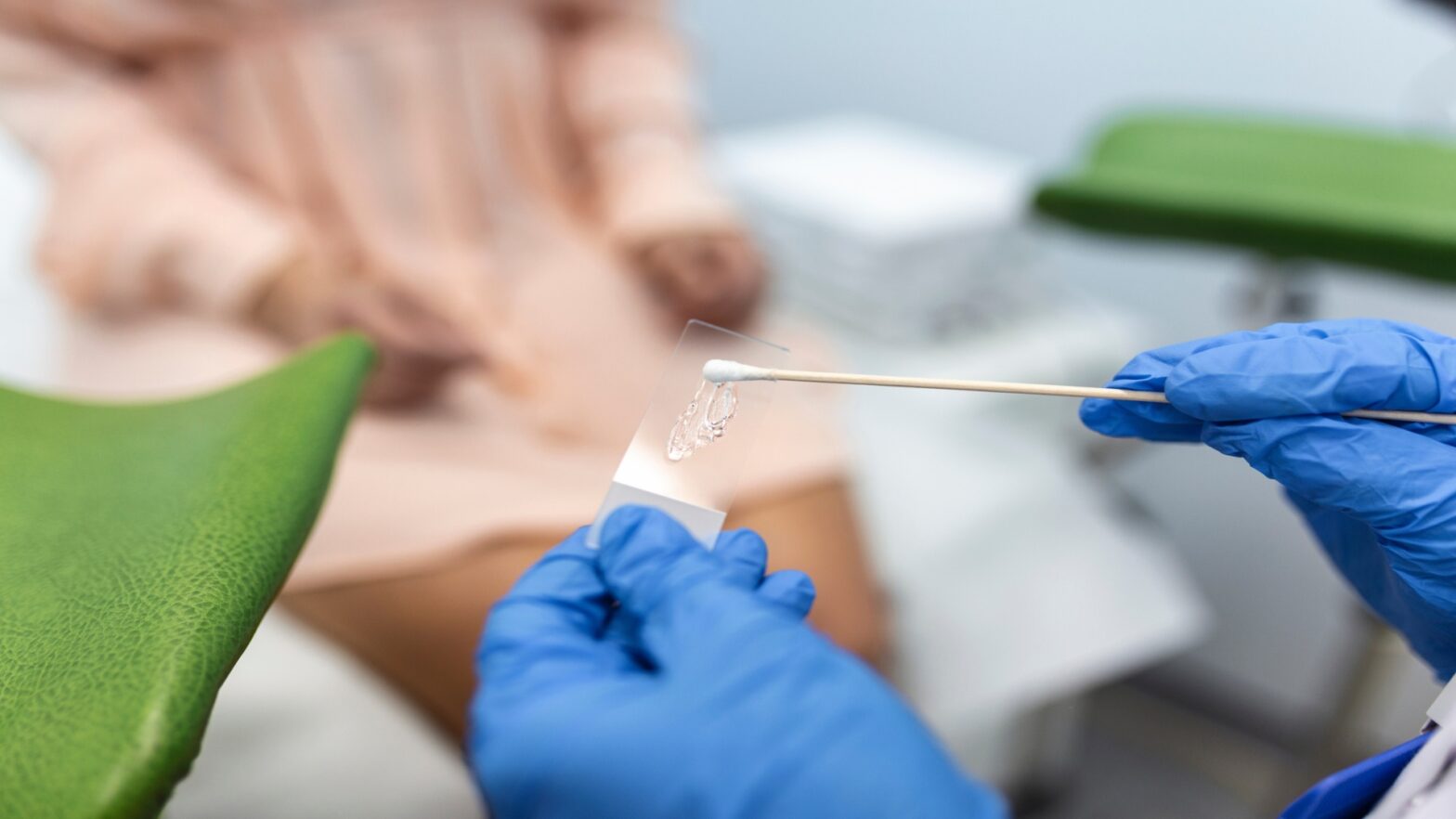
If you’re among the many people working on an office job, you can probably relate to how it feels like after being seated on that same office chair for eight to nine hours every day. The nature of your job may sound convenient, considering that you’re only sitting and not doing any hard labor, but you’re still prone to experience health issues. And the most prominent health issue among office workers is lower back pains.
Thankfully, lower back pains are treatable and preventable through habit changes and improvements in your workplace. For your guide, here are five tips to prevent lower back pains when you’re at work.
1. Practice Good Posture
Maintaining proper posture is very important in preventing lower back pains. Poor posture can lead to back pains and chronic back problems in the future if you don’t correct it as early as possible. Thus, whenever you’re seated in your office chair, be mindful of your posture at all times. Here are some tips on how to maintain proper posture:
- Place your back against the chair’s backrest.
- Make sure your neck and head are directly aligned just above your shoulders.
- Your feet should be flat on the ground and never cross your legs, no matter how tempting it is.
- Your shoulders should be back and square from the monitor.
- You can use a footrest to maintain your knees at a 90-degree angle.
- Push your chair closer to your desk to keep your arms parallel to your spine.
Most importantly, keep your body relaxed while you’re sitting in a proper posture. If back pains persist, see a professional physiotherapist in Brisbane or any physiotherapy clinics within Australia to help alleviate and manage the pain.
2. Create An Ergonomic Workspace
You may not notice how poor your sitting posture is when working eight hours a day since you’re preoccupied with what you’re doing. Thus, to keep your proper posture steady and prevent lower back pains, you need to change your work environment by using chairs, desks, and monitors that are adjustable according to your height.
For instance, place the frequently-used office tools within your arm’s reach. Save yourself from straining or stretching your back just to reach the telephone or grab your pens. Also, keep the computer mouse and keyboard close to you. As for your computer monitor, adjust its height to your eye level to keep you from unconsciously tilting your head which might cause back and neck pains.
3. Invest In the Right Office Chair
Your office chair also plays a vital role in maintaining a proper sitting posture. If you often experience lower back pains, that may be a sign to upgrade your office chair. Select an office chair with an adjustable backrest, height, and armrests. This way, it’ll be easier for you to adjust it according to your sitting height.
It’s also crucial that you get a chair with lumbar support. This feature will encourage the proper curvature of your lower back to minimize pressure and tension. If you can’t find a chair with lumbar support, you can use a small pillow and place it behind your back to maintain proper posture.
4. Execute Movements Properly
Besides poor sitting posture, back pains at work can also happen due to improper or incorrect movements you do at work. For instance, you may be lifting your printer using your back instead of your knees, or you could be walking while slouching. Thus, if you’re about to lift something heavy, bend your knees to pick it up instead of twisting your back. When walking around the office (or anywhere for that matter), keep your chin, back, and shoulders up. But before you walk, do some stretches first, especially if you’re from a sitting position for a long time.
5. Take Short Breaks
Taking short breaks can also help reduce lower back pains. If possible, set the alarm every hour to remind yourself to stand up and do stretches for 1-2 minutes before sitting down again and getting back to work. You can also use 5-10 minutes of your lunch break to walk around the park before going back to the office to give your body a quick exercise.
Conclusion
Besides attending corrective therapies, these tips will also help prevent lower back pains. Remember that prevention is always better than cure. Take the extra effort to take care of your body. Start making the necessary changes in your habits and your workspace to avoid experiencing back pains in the future.
















